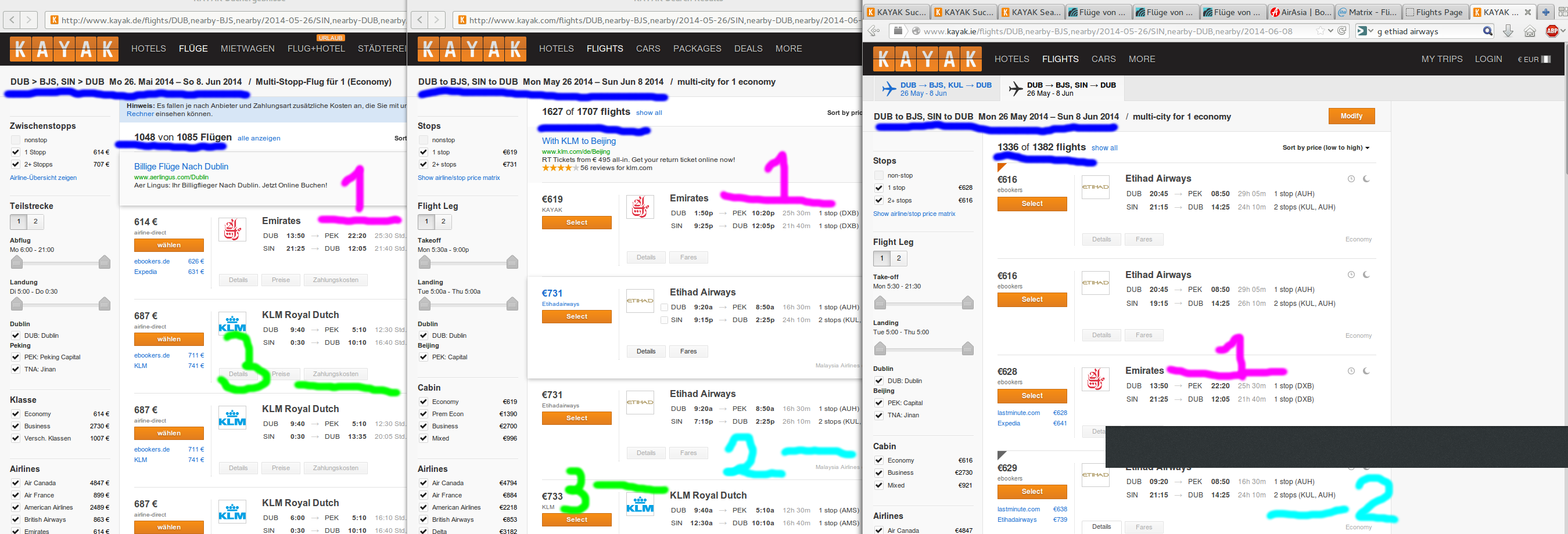It’s spring time and that means it’s time for GNOME.Asia Summit! This year’s edition took place in New Delhi, India. This years makes five years after the initial GNOME 3.0 release. In fact, an important releases planning hackfest happened five years ago in India, so it’s been a somewhat remarkable date.

The conference felt a little smaller than the last edition, although I guess the college we were hosted at tried hard to bring their students to the talks. That was especially noticeable in the opening slot were everybody who felt sufficiently important had something to say. The big auditorium was filled with students, but I doubt they were really interested or listening. The opening was a bit weird for my taste, anyway. I have seen many conference openings, I would say. But that guy from the college who opened GNOME.Asia 2016 seemed to be a little bit confused, I have the feeling. He said that GNOME started 2008 so that all the software you use can be had freely so that you can upgrade your devices, like GPS satnavs. The opening ceremony, and yes, it’s really more of a ceremony rather than a short “welcome, good that you’re here” talk seems to be quite a formal thing in this college. Everybody on the stage receives a bouquet of flowers and many people were greeted and saluted to which stretched everything to an enormous length which in turn made the schedule slip by two hours or so.

Cosimo keynoted the conference and presented his ideas for the future of the GNOME project. We’ve come a long way, he said, with GNOME 3, which has initially been released five years ago. GNOME has aged well, he said. No wrinkles can be seen and GNOME is looking better than ever. He said that he likes GNOME 2 to be thought of GNOME in the era of distributions, because you could plug together modules that you liked. And everybody liked that. The pain point, he said, was that distributions chose which modules to plug together which finally decided about the user experience. Due to module proliferation was felt as impacting the project negatively the new world of GNOME 3 was introduced. One the most controversial but also most successful thing GNOME 3 did, he said, was to put the responsibility of defining the user experience back in upstream’s hands by eliminating choices. While causing people to complain, it led to a less complicated test matrix which eventually made GNOME accessible to less technical people. He said, GNOME 3 is the era of Operating Systems, so there are not distributions packaging GNOME but rather Operating systems built on GNOME, like endless, mint, or solus. The big elephant in the room is the role of applications, he said. If cohesive Operating Systems are built upon GNOME, how can applications work with different operating systems? Currently, you cannot, he said, run elementary applications on GNOME and vice versa. xdg-app will hopefully address that, he said. It’s a big transition for the GNOME project and that transition is even bigger than the one from GNOME 2 to GNOME 3, he said. Unfortunately, the audience seemed to be a little tired by from the length of the opening session and it felt like they were demanding a break by starting to chat with their neighbours…

Pravin then continued to talk about the state of Indian languages in GNOME. He mentioned that some Indian languages are well supported while some others have no support at all. He also showed that with Fedora 24 you get a text prediction engine. So you can type Latin characters for the word you want to enter in a different script. The Q&A revealed that the list of suggested words is sorted by frequency. Apparently they did some analysis of usage of words. I wonder whether it’s also able to learn from the user’s behaviour.

The talk on privacy given by Ankit Prateek showed how your typical Internet and Web usage would leave traces and what you mitigation you could employ. He mentioned specific Web attacks like Super Cookies or Canvas fingerprinting. He recommended using NoScript whichs usefulness the audience immediately questioned. To my surprise, he didn’t mention one my favourite plugins Google Privacy, because Google remembers what search results you click.

I got to talk about five years of GNOME 3. I conveyed the story of how the 3.0 release happened and what was part of it. For example, we had so many release parties with swag being sent around the world! But I also showed a few things that have changed since the initial 3.0.

Another talk I had was about Security. I explained why I see GNOME being in the perfect position to design, develop, and deploy security systems for a wide range of users. First, I ranted about modal dialogues, prompts, and that they are not a good choice for making a security decision. Then, I explained how we could possible defend against malicious USB devices. I think it’s work we, as developers of a Free Software desktop, have to do in order to serve our users. Technically, it’s not very hard, e.g. you block new USB devices being plugged in, when the screensaver is shown. We know how to do the blocking and unblocking of USB devices. More subtle issues involve the policies to apply and how to make the user aware of USB devices. Another pet peeve of mine is Keysigning, so I also ranted about the state of the art and we can and should improve things.
Thanks to the local organising people and the GNOME Foundation for flying me in and out.












